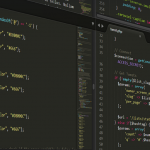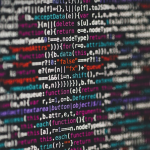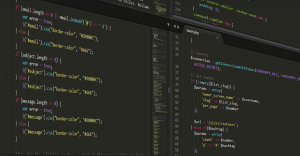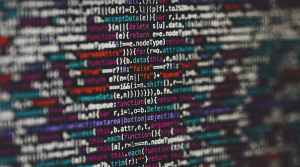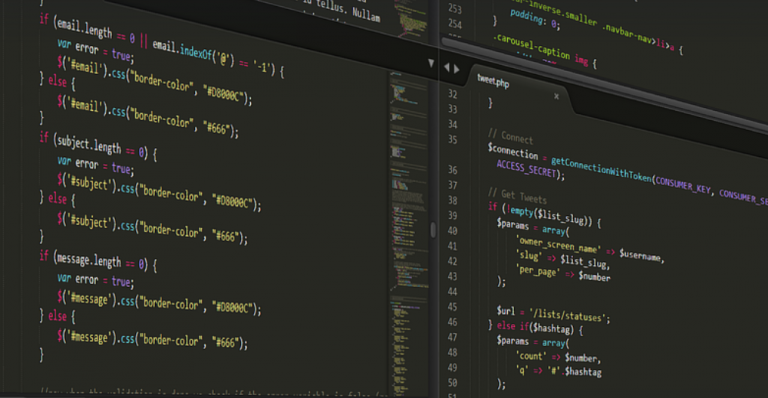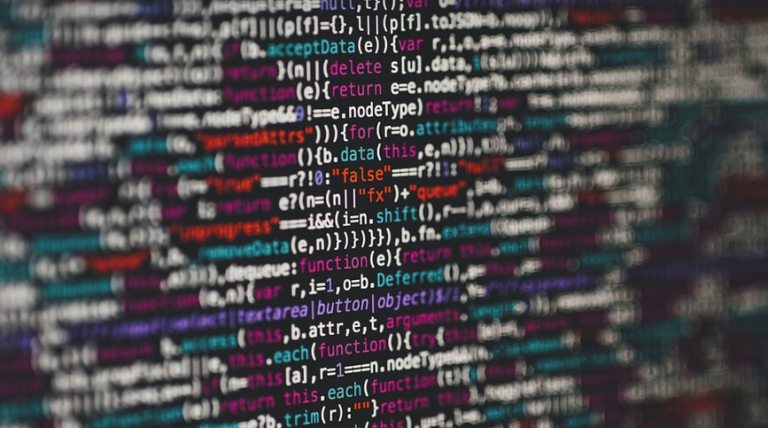Cracking the Code of Curiosity
Ever wonder how scientists unravel mysteries and unlock secrets about the universe? It’s all thanks to a fascinating process called the scientific method. This isn’t just some complicated jargon, it’s basically our go-to toolkit for exploring the world around us.
Think of the scientific method like a detective’s investigation—it involves asking questions, gathering evidence, and drawing conclusions based on what we observe. It might seem complex at first, but once you understand the key steps, it becomes surprisingly approachable, just like solving a puzzle!
Let’s break down this method into manageable chunks so you can start applying it to your own everyday life!
The Building Blocks of Scientific Inquiry
The scientific method is built on a set of well-established principles. These are like the foundation of our understanding, helping us approach problems with clarity and precision. Without these steps, we would be just guessing, hoping for answers without a solid plan.
First, there’s ** observation**. It all starts with noticing something interesting in your world, whether it’s an animal behavior, a change in the weather, or just something that makes you curious.
Next, we ask ourselves **questions**, and don’t be afraid to get really specific! What exactly is happening? Why is it so unusual? These questions will guide us on the path towards understanding.
The third step involves **forming a hypothesis**. This is where you start brainstorming possible answers to your questions, like proposing a theory or simply a hunch based on what you have observed. A good hypothesis should be testable, meaning we can actually try and see if it holds true.
Now comes the fun part: **testing our hypotheses**. This is where experimentation takes center stage! If your hypothesis seems plausible, you need to design an experiment that will test its validity. We’re looking for evidence that supports or refutes our hypothesis.
The results of our experiments are then analyzed. Here’s where we look for patterns and trends in the data collected. This process helps us understand if our hypotheses were right or wrong, providing concrete answers to previously unanswered questions.
Drawing Conclusions: The Final Act
Finally, we make our **conclusions**. Based on what we’ve learned through analysis, we can either confirm our hypothesis or revise it. It’s important to remember that the scientific method is an iterative process; there is always room for improvement and refinement.
After drawing conclusions, we then share our findings with others in a clear and concise way. This allows us to contribute to the collective knowledge base of humanity.
The process of scientific inquiry is not just limited to fields like physics or biology; it can be applied to any problem! Think about it: you’re already conducting an experiment every time you try a new recipe, learn a new language, or solve a challenging puzzle.
Embrace the Scientific Method in Everyday Life
The scientific method is not just for scientists; it’s a powerful tool for anyone who wants to understand their world better. By following these steps, you can start unraveling mysteries and making sense of everything around you!
So, embrace curiosity! Ask questions, test hypotheses, analyze your findings, and share your knowledge with the world. You might be surprised at how much you uncover along the way.
